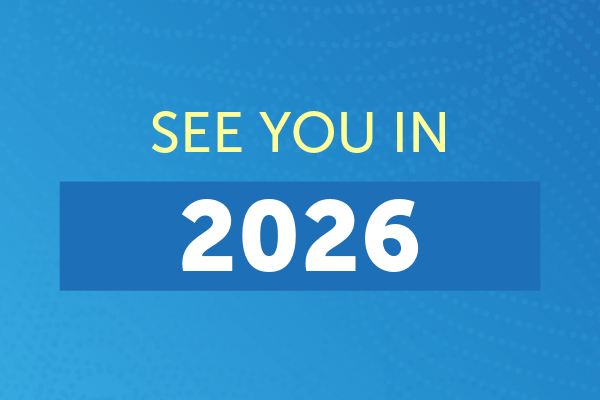KLINGER top-chem-2000
In 2015, an amount of energy of 3600 TWh*1 was used in Germany. If we wanted to provide this amount of energy in the form of electricity from wind power in a decentralized manner, we would need wind turbines with a capacity of 3.5 MW each every 2.5 km. And that over the entire area of the Federal Republic of Germany.
Did we want the electricity from offshore wind turbines from the North Sea and the Baltic Sea, an additional 30–35 power lines would be required from north to south of Germany. And what problems there are with the fi rst route the “Südlink power highway” is known. Everyone wants electricity – nobody wants the power line.
The energy supply system must therefore take into account the transport and storage of energy sources in order to be functional.
The topic of “hydrogen from alternative energies” and its use as an energy carrier in the most varied of areas is taking up more and more space in the public discussion.
Finally – we at KLINGER® say, because it is time to take advantage of this technological opportunity and tackle it on a large scale. Since the necessary technologies are available, it is now time to “get down to work”.
KLINGER®, as a pioneer of static sealing technology, would like to use this information to provide its product users and processing partners with assistance in selecting sealing materials and sealing types in the respective process steps.
But what is Power-to-X?
Power-to-X (P2X) refers to the use of electricity from alternative energies (e.g. wind power, hydropower, solar) to generate various energy sources that can be used in a wide variety of consumption sectors. The “X”, the energy carriers are for example, hydrogen, fuel gases and liquid fuels such as gasoline, ammonia, kerosene and diesel. The sector coupling (the networking of the individual energy industries and their joint use and production of energy sources) is in the foreground here.
Now hydrogen technologies come into play.
Hydrogen can be generated by electrolysis of water with electricity from renewable energies. Hydrogen can be stored and transported by ships and vehicles. And it can be brought to consumers through gas supply networks.
The infrastructure is there.
But there is more. With CO2 from industrial processes, hydrogen can be converted into methane and other gases or liquids that can be used again in industry. And furthermore, eFuels such as ammonia, gasoline, kerosene and diesel fuel can be produced using existing processes. Storage and distribution work as before and they are CO2-neutral.
Let’s go this way together. KLINGER® accompanies you

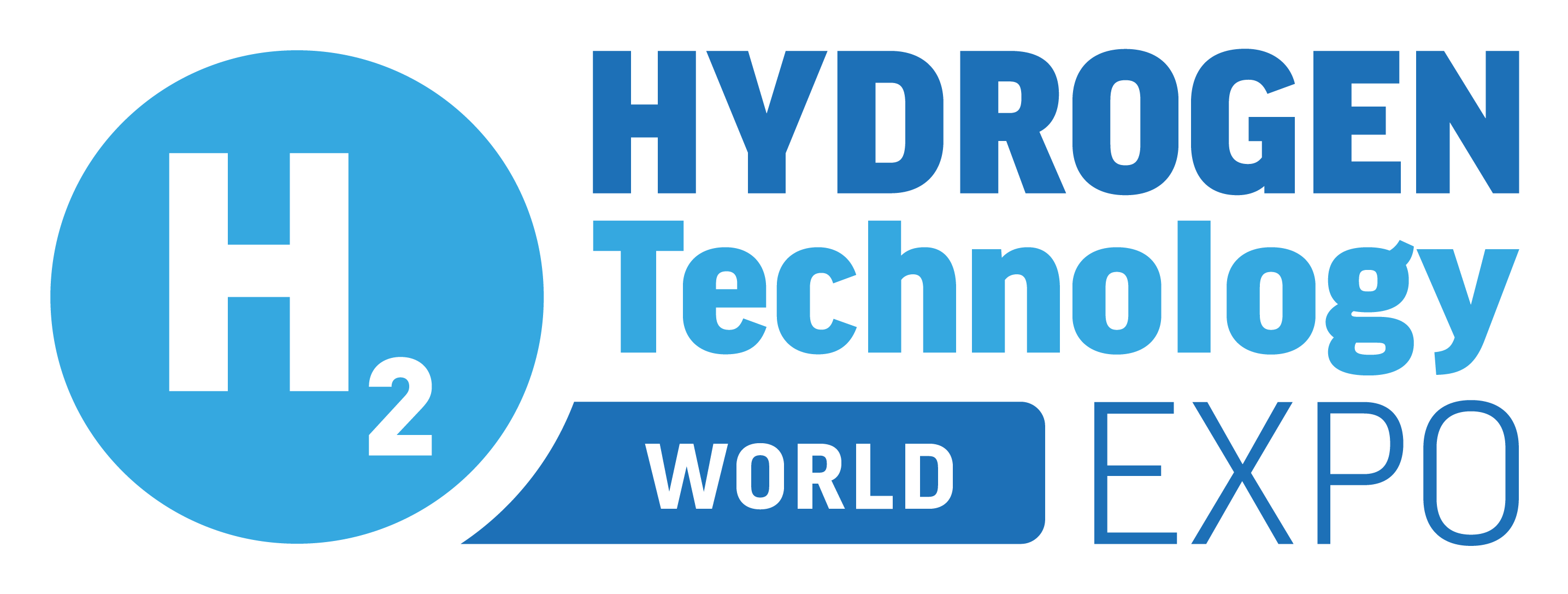

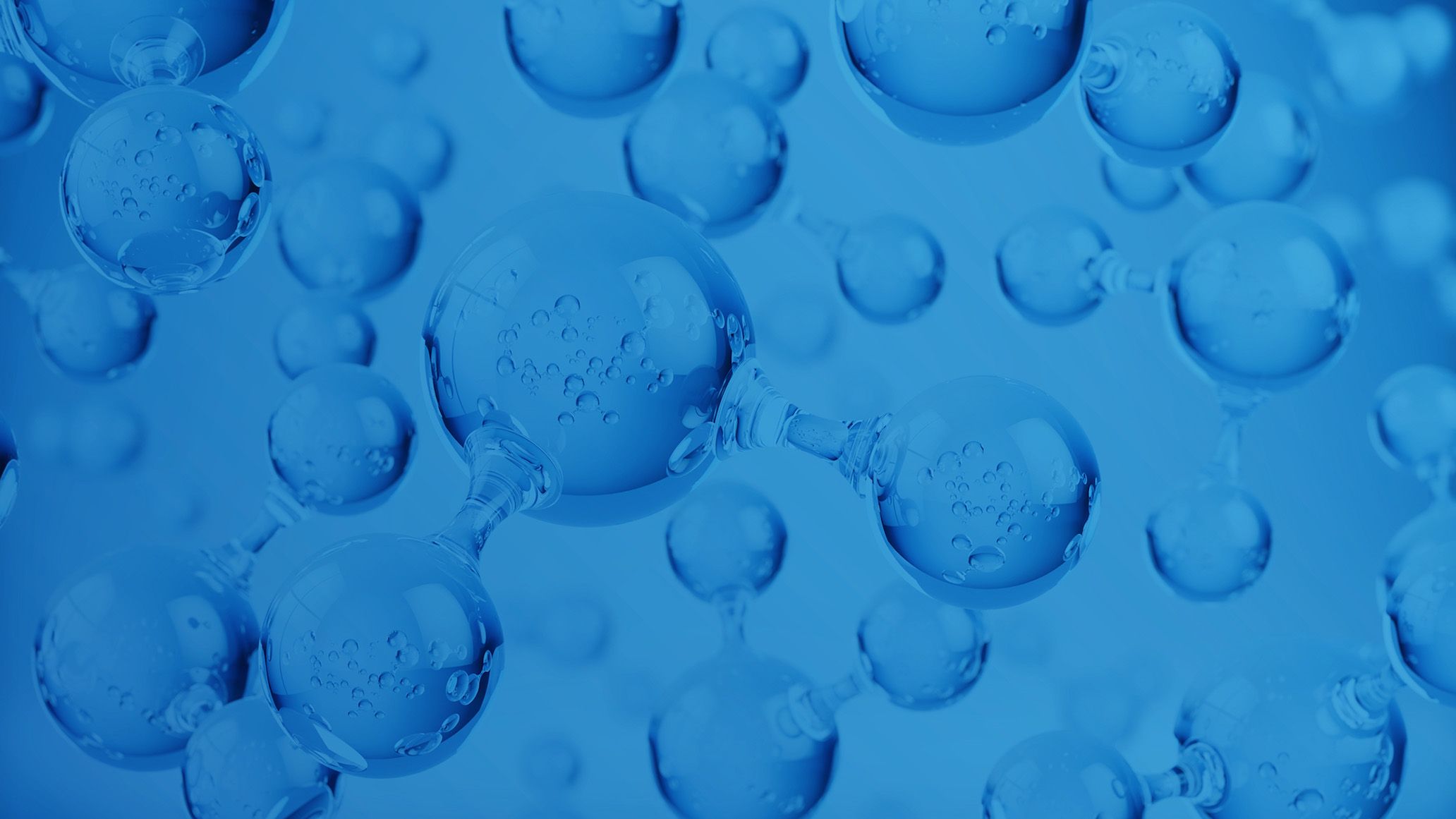
)
)
)
)
)
)
)
)
)
)
)
)
)
)
)
)
)
)
)
)
)
)
)
)
)
)
)
)
)
)
)
)
)
)
)
)
)
)
)
)
)
)
)
)
)
)
)
)
)
)
)

)
)
)
)
)
)
)
)
)
)
)
)

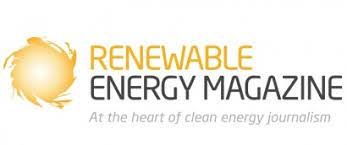
)
)
)
)
)
)
)
)
)
)
)
)

)
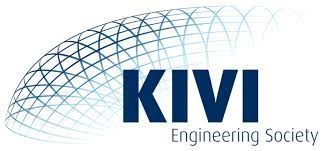
)
)
)

)
)
)
)
)
)
)
)
)

)
)
)
)

)
)
)
)
)
)
)
)
)
)

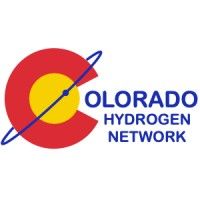
)

